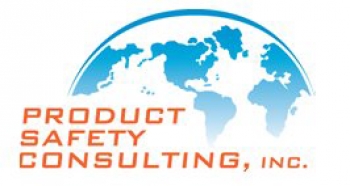Conductors should be of an appropriate size for the application, and should pass through openings with no sharp edges with sufficient clearance to prevent fraying or damage. If they are accessible to the user of the product, they must be tested to withstand a certain amount of “strain” (for more on strain relief, see below). Finally you can never cross low voltage and high voltage conductors unless the low voltage wiring is rated for the higher voltage. For example, a wire carrying 12 volts may be in contact with a wire carrying 120 volts so long as it is rated for 120 volts itself.

The UK has left the EU, and the transition period comes to an end on the 31st December 2020. For information on what you'll need to do from 1 January 2021, read:
Placing manufactured goods on the market in Great Britain from 1 January 2021
Placing manufactured goods on the market in Northern Ireland from 1 January 2021
Placing manufactured goods on the EU market from 1 January 2021
Using the UKCA mark from 1 January 2021
Conformity assessment bodies: change of status from 1 January 2021
We work with all of the NRTLs—UL, Intertech, CSA, TUV, QPS and MET. Our job is to help you achieve certification for all of your products. We can tell you exactly what you need to make those products pass. We begin by converting your documentation into the correct forms and formats. Our other services include: design review from concept, complete paragraph-by-paragraph evaluation, preliminary testing, and submittal management. Our relationships with all of the NRTLs are phenomenally good, and we have learned the secrets of how to get compliance done.

